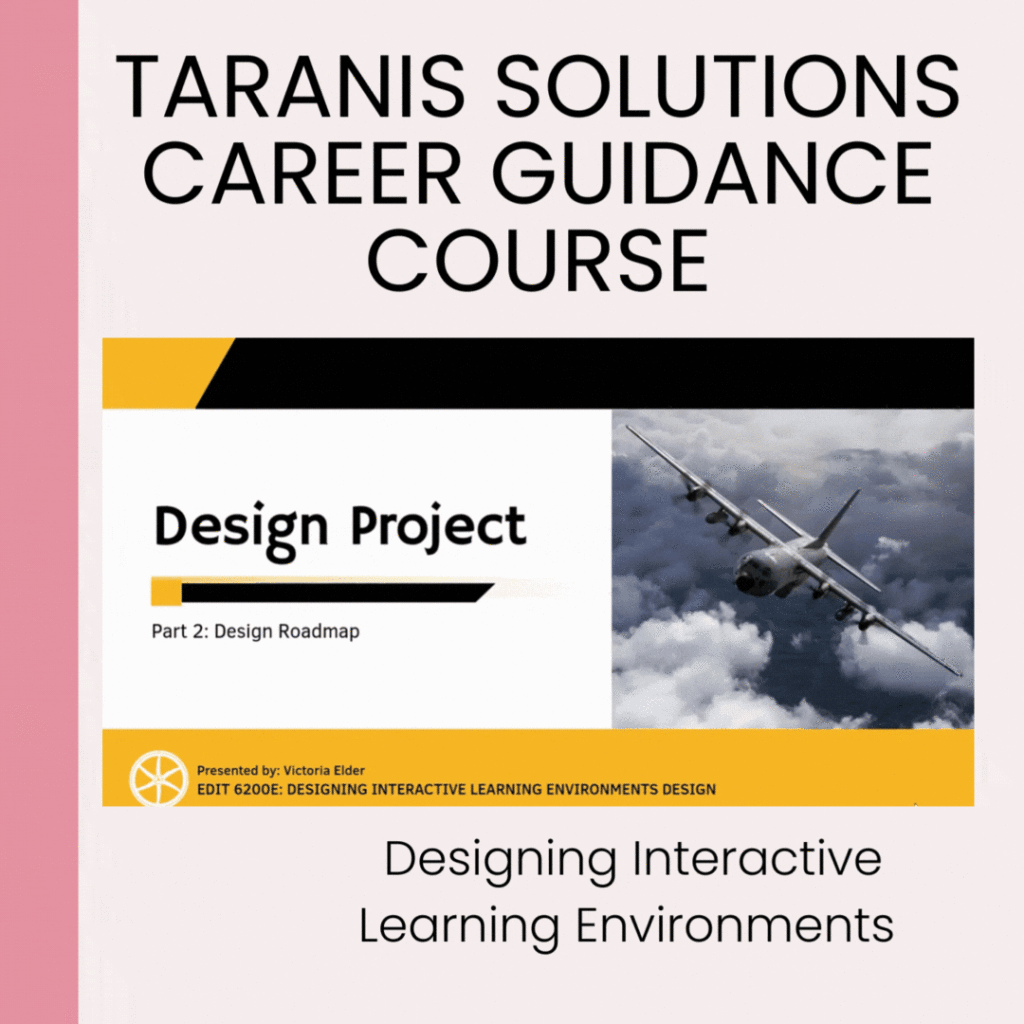Project
Management
The Project Management section presents artifacts that showcase my skills and knowledge in planning and managing design or instructional projects. These artifacts provide tangible evidence of my ability to successfully navigate the complexities of project management, ensuring efficient timelines, effective resource allocation, and seamless collaboration to achieve project goals and deliver high-quality results.

Introduction to CDC Workplace Safety Course Development
Overview
In the CDC Workplace Safety project, I demonstrate my project management capabilities through the redesign and development of the annual safety training course for the CDC’s Occupational Safety and Health Office (OHSO). By splitting the course into two parts and leading a team of classmates, we successfully created the Introduction to CDC Workplace Safety course. Through effective project management using tools like a Gantt chart and close collaboration between teams, we overcame challenges and delivered the project on time. This experience has provided valuable insights into proactive issue resolution and ensuring the successful completion of complex instructional design projects.
Course Information
EDIT 6210 – Dr. Ikeson Choi
Target Audience: Center for Disease Control and Prevention (CDC) employees, contractors, and other government personnel going through New Employee Orientation (NEO). Re-boarding CDC personnel.
Industry: Government
Responsibilities: SME, eLearning Developer, Presentation Design
Tools Used: Canva, Articulate Storyline, Vyond, Google Docs, Google Drive, Zoom, Microsoft Teams, Lectora
Project Summary
As an instructional designer for the CDC’s Occupational Safety and Health Office (OHSO), I was tasked with redesigning the annual safety training course. The existing course, which lasted 1.5 hours, covered various topics related to safety responsibilities, workplace hazards, incident response, and reporting procedures. This training was mandatory for all CDC staff, and non-compliance would result in a loss of physical access to CDC facilities.
During the annual compliance period, I identified an opportunity to streamline the end-of-year (EOY) compliance process and tailor the information for new and existing staff. This involved splitting the course into two parts: the NEO Safety Training for new employees and the FY23 Annual Safety Training for current staff. I presented this idea to OHSO leadership, as well as the Quality Control Branch (QCB) leadership and training team, and gained their approval to pursue the project.
With the support of my classmates in the EDIT 6210 course, we formed the “CLEAR” team to focus on the analysis, design, and development of the Introduction to CDC Workplace Safety course, which replaced the NEO Safety Training. As the project manager for the QCB, I aligned the tasks and milestones using a Gantt chart created in Smartsheet, which allowed for effective project management and collaboration between the CLEAR team and the QCB training team. We utilized Articulate Storyline for course development, although the CDC was not authorized to use the tool at the time. Therefore, a team member was dedicated to transferring the course materials and building the course in Lectora.
Throughout the project, challenges arose regarding participation and workmanship from team members. Recognizing these issues, I collaborated closely with the CLEAR project manager to address them and keep the project on track. We successfully completed and delivered the project on time, fulfilling the customer’s requirements. Reflecting on this experience, both the CLEAR project manager and I acknowledged the need for earlier intervention and identification of potential issues to prevent similar occurrences in future projects.
Taranis Solutions Career Guidance Course Designing Interactive Learning Environments
Overview
Including the Taranis Solutions Career Guidance project in my portfolio demonstrates my expertise in planning and managing instructional projects. By developing an online course to assist military veterans in their transition to civilian employment, I showcased my ability to navigate challenges, collaborate with stakeholders, and deliver a customized instructional product. This project highlights my skills in planning, managing, and executing design projects that meet the needs of clients and learners.
Course Information
EDIT 6200 – Dr. Beth Woods
Target Audience: Military veterans. Military members transitioning to the civilian workforce within the next six months
Industry: US Armed Services, Special Operations Aircrew, C-130 Aircrew
Responsibilities: Instructional Design, eLearning Development, Editor
Tools Used: Canva, Google Docs
Project Summary
Taranis Solutions, LLC is a consulting and recruitment firm dedicated to assisting military veterans in finding civilian employment. Recognizing the unique challenges veterans face during their transition, Taranis Solutions provides personalized career guidance services. As part of these services, they identified the need for an online course to help candidates prepare for their job search and application process. The course would cover essential topics such as initial consultation, resume development, application processes, and contract negotiations.
In my role as an instructional designer, I conducted a thorough needs assessment to determine the most effective solution. Based on the assessment’s findings, it was clear that an online, asynchronous course would be ideal, allowing candidates the flexibility to learn at their own pace regardless of their geographical location. This approach also provided candidates with the opportunity to apply their newly acquired knowledge to real-world situations, such as updating their resumes based on the course content.
Working closely with the CEO of Taranis Solutions, I collaborated on the course’s design and presented a comprehensive breakdown and timeline for its development. Throughout the process, I ensured that the project remained focused and aligned with the proposed objectives, actively managing stakeholders and preventing scope creep. This project presented unique challenges, including adapting the course content to cater specifically to military special operators in aircrew career fields, and determining an innovative approach for assessments. To facilitate resume reviews and foster engagement, I incorporated a resume submission via email as part of the course, establishing a direct line of communication between Taranis staff and potential candidates.
The experience gained from this project was invaluable in developing my project management skills. It taught me the importance of effective stakeholder management and scope control, particularly when faced with evolving requirements. I am proud of the successful outcome of this project, as it not only provided a valuable resource for military veterans but also showcased my ability to navigate complex challenges and deliver a tailored and impactful instructional product.

